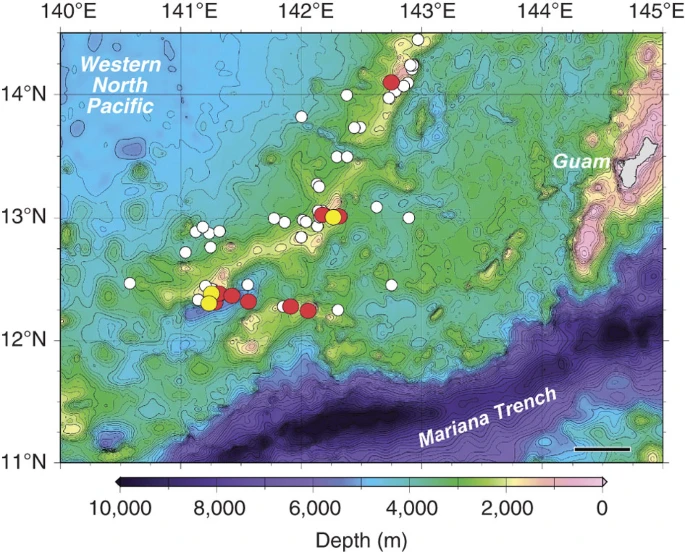By ‘deep water’ here I don’t mean ocean trenches, I mean continental slopes, ~400 metres down and deeper.
I’m currently reading a book about whale identification – including deep water species.
In the past 50 years:
The number of new deep water shark species known has exploded.
The number of new deep water beaked whale species known has exploded.
This leaves as many questions unanswered as answered. What’s the range? Same species or different? For almost all beaked whales, for instance, it’s not known whether the species is endangered or not.
That makes me wonder – is there a way to systematically study deep water shark and whale species?
Some ridiculous ideas I’ve had are:
- a worldwide network of underwater hydrophones
- cameras attached to deep-ocean dredging nets already being used
- organic sample collection attached to cookie-cutter sharks
- a network of underwater feeding stations
- a better way to “see” underwater, eg. imaging passive sonar, low light upward-looking camera.
- trackers and cameras attached to commensal fish such as remoras and pilot fish
- a submarine built to look like a whale or shark
- thermal (hot water) attractor
- camera attached to whale or shark that photographs other members of the same species
Which would be most cost effective?
Which would be most thorough?
Which would be least destructive?
Some Ideas I’ve already rejected
- Equipment attached to predatory crustaceans eg. barnacles, isopods. Too small.
- Equipment within whale feeding grounds: squid, sardines, zooplankton. Too easily eaten, too easily avoided.
- Active and passive thermal IR imaging. To much absorption by water.
